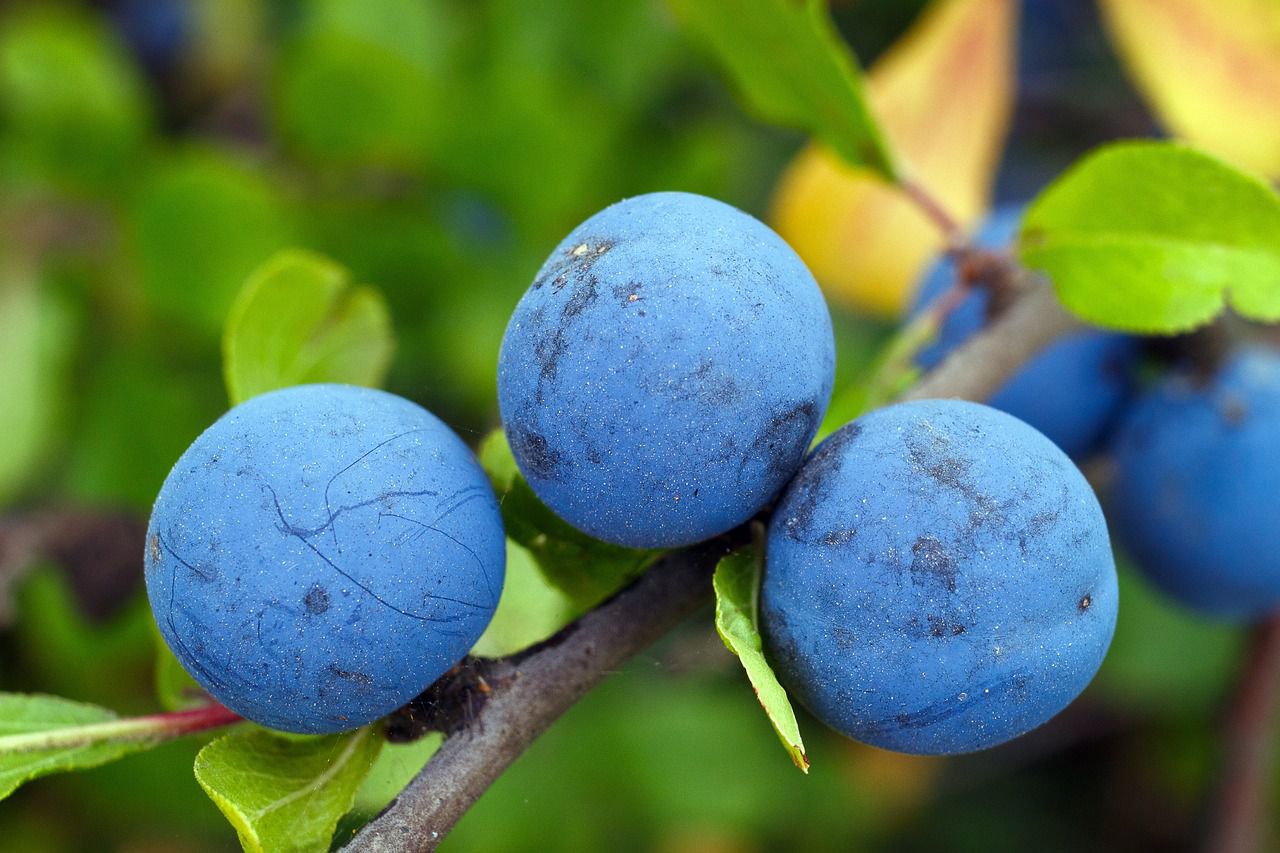While it seems logical to plant all berries at one part of your garden, it might actually be not a great idea.
Certain berry plants have different growth requirements, and planting them together may not be ideal due to factors like soil preferences, sunlight needs, and susceptibility to diseases.
Here are some examples of berry plants that may not grow well together.
Blueberries and Strawberries
Blueberries prefer acidic soil, while strawberries prefer a slightly more neutral pH.
Blueberries also require a more extensive root system, which can compete with strawberries for space and nutrients.

Raspberries and Blackberries
Both raspberries and blackberries can spread aggressively through underground runners (suckers).
Planting them together can result in competition for space and resources, leading to reduced growth and production.
Cranberries and Most Other Berries
Cranberries require unique growing conditions, including acidic, well-draining soil and the ability to flood the area during certain periods.
Planting them alongside other berries that have different soil and water requirements can be challenging.
Gooseberries and Currants
Gooseberries and currants are prone to certain diseases, like white pine blister rust, which can be exacerbated when they are planted together.
These diseases can spread between the two types of plants.
Strawberries and Blueberries
While not always problematic, planting strawberries and blueberries together might not be ideal due to differences in soil pH preferences.
Blueberries prefer more acidic soil, which might not be optimal for strawberries.









